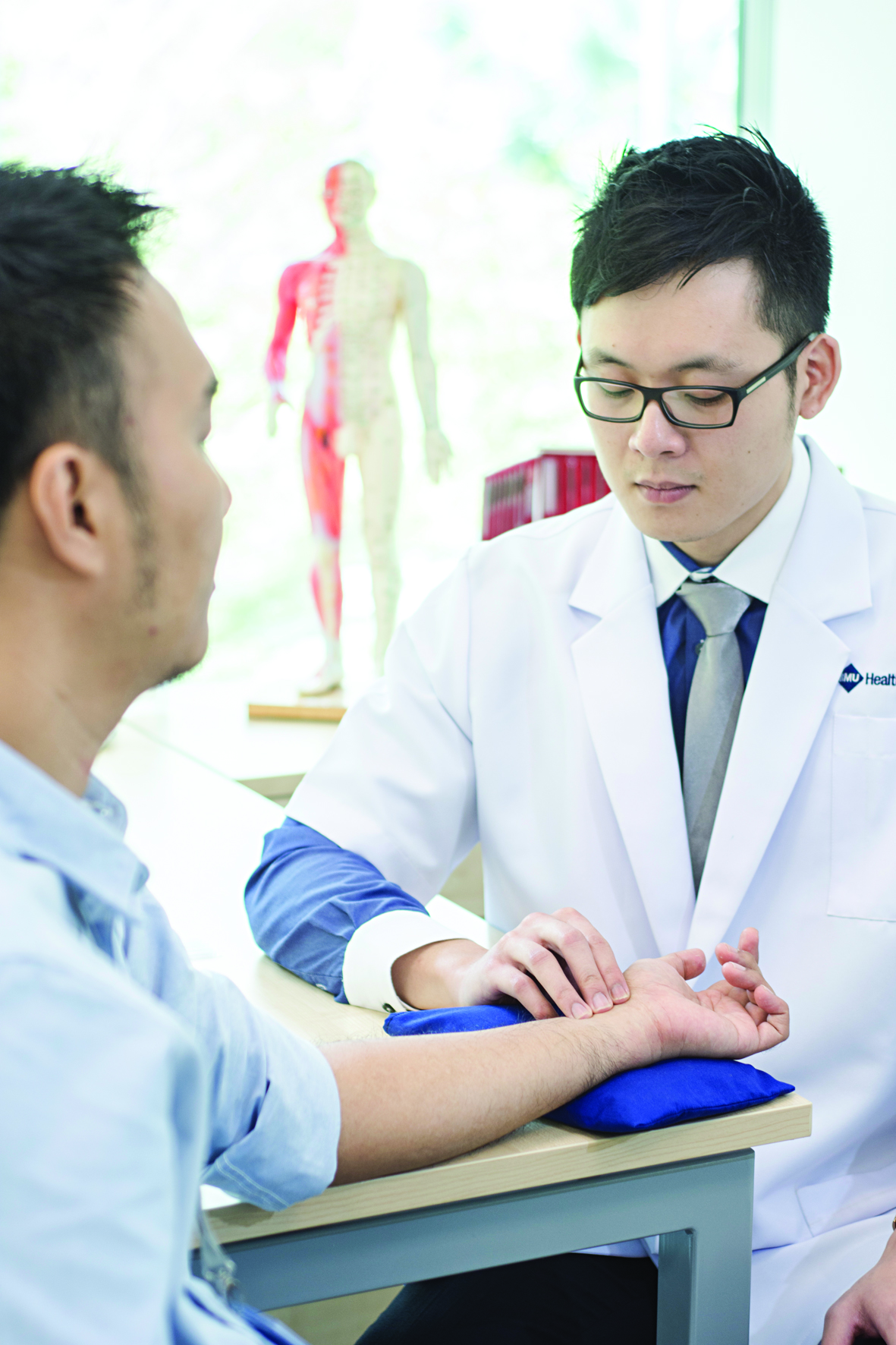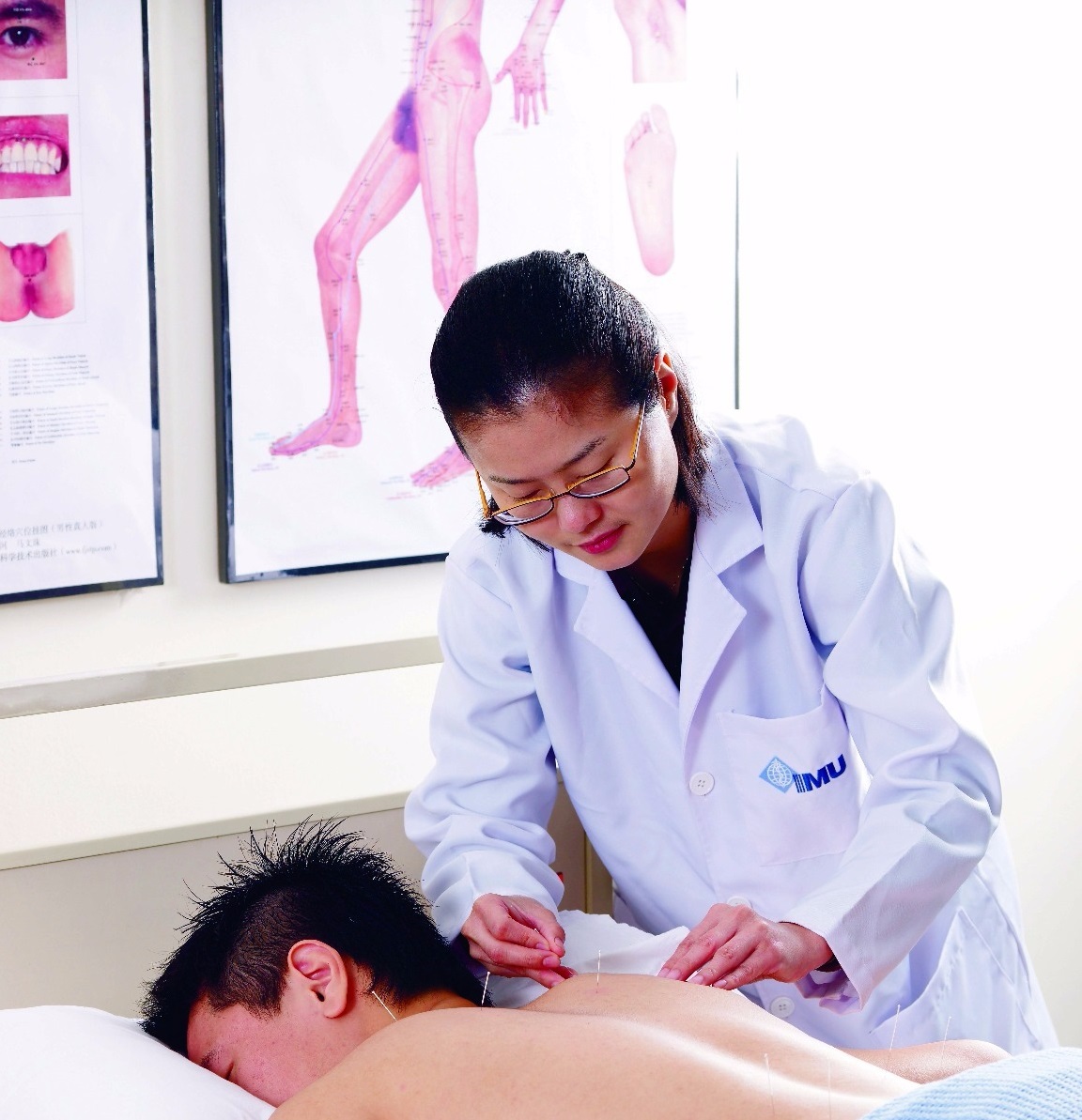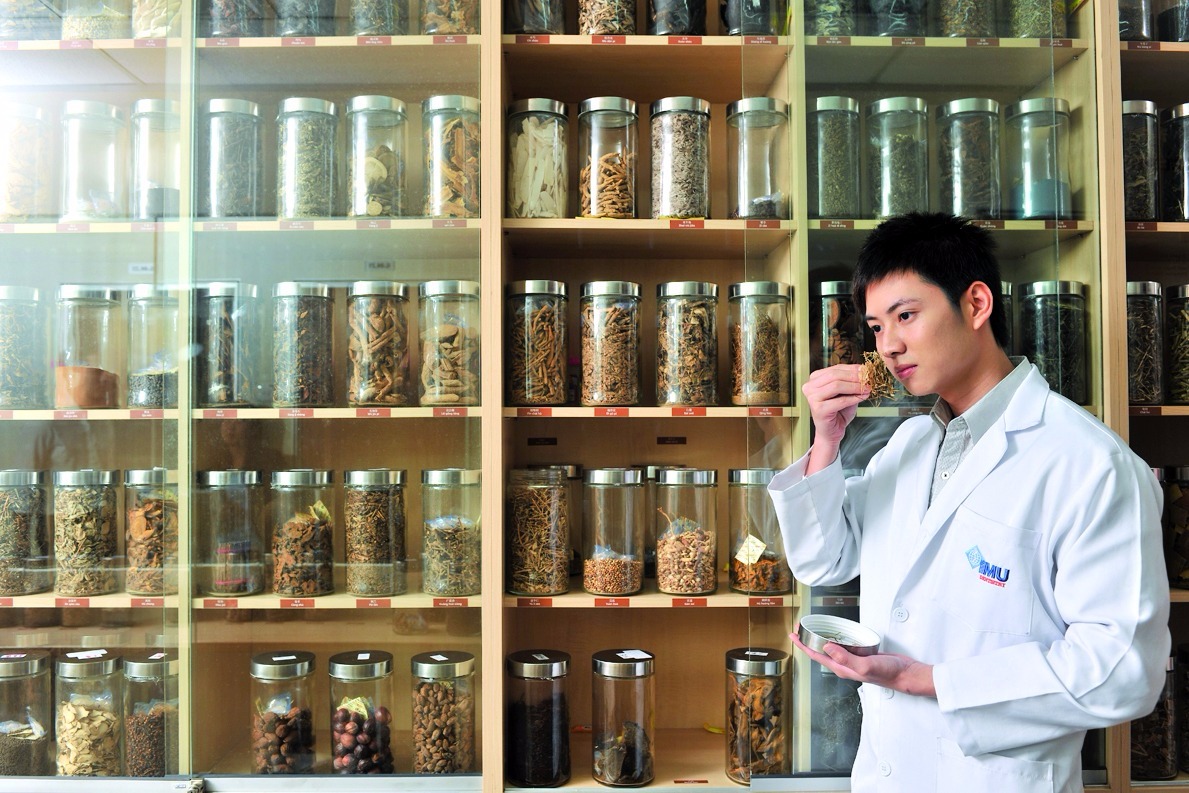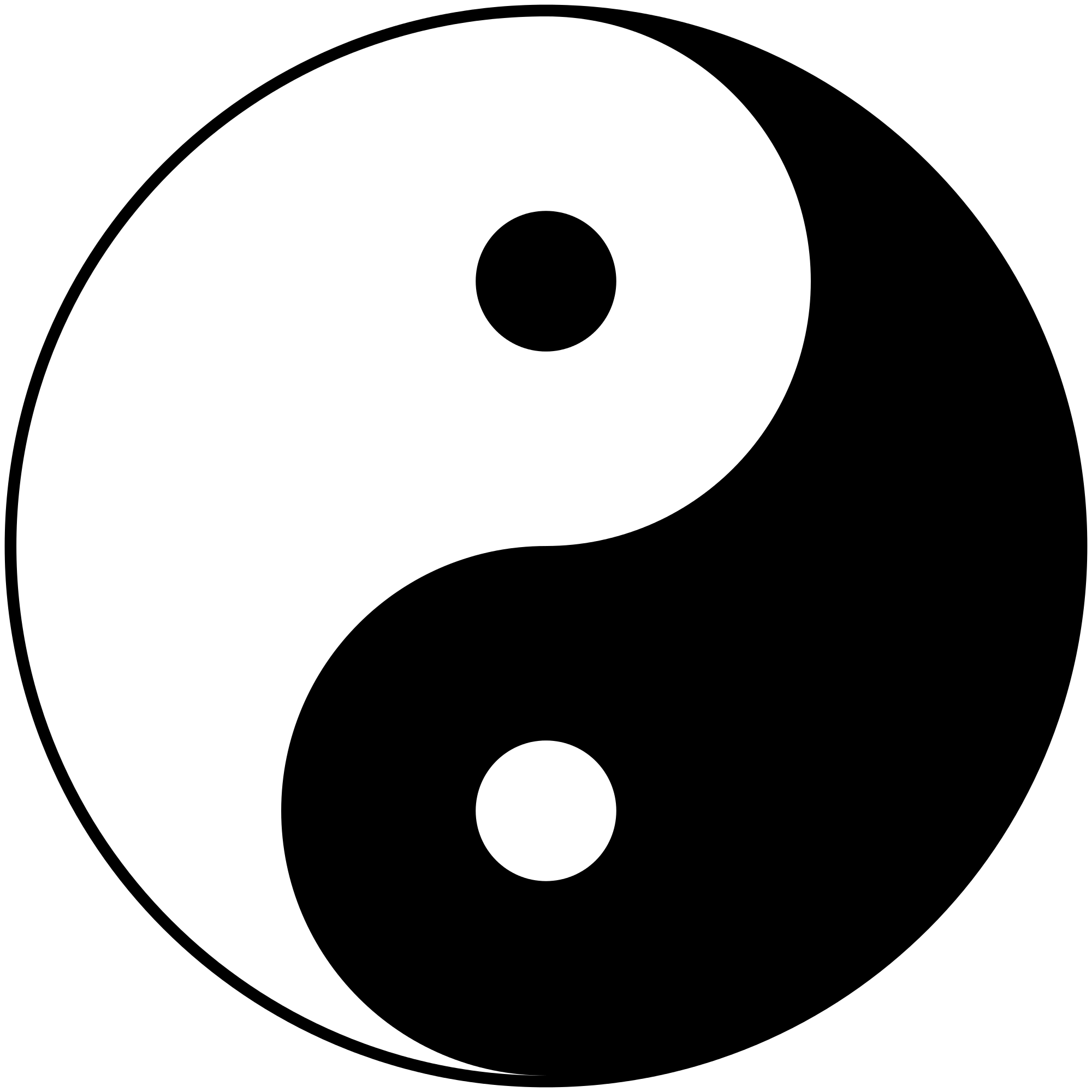Diabetes is one of the most prevalent diseases in developed countries. This has much to do with the proliferation of manufactured foodstuff and beverages containing large amounts of sugar, coupled with a sedentary lifestyle.  Hyperglycaemia, in layman terms, is high blood sugar. Usually the body burns this sugar for fuel and energy. When a person is hyperglycaemic, there is too much sugar in the blood for the body to use. This condition brings with it a multitude of complications, including problems with the peripheral nerves. Peripheral nerves send sensory information to the brain about how your feet or hands feel. If there is something amiss with the peripheral nerves, people may experience a variety of uncomfortable sensations, such as tingling, numbness or pain. Traditional Chinese Medicine is a system of healing that originated millennia ago. At IMU Healthcare, we drop the word ‘traditional’ as we believe Chinese Medicine is very revolutionary. Though it has been around for thousands of years, Chinese Medicine is only now gaining traction among patients seeking a more natural form of medicine and/or healing.
Hyperglycaemia, in layman terms, is high blood sugar. Usually the body burns this sugar for fuel and energy. When a person is hyperglycaemic, there is too much sugar in the blood for the body to use. This condition brings with it a multitude of complications, including problems with the peripheral nerves. Peripheral nerves send sensory information to the brain about how your feet or hands feel. If there is something amiss with the peripheral nerves, people may experience a variety of uncomfortable sensations, such as tingling, numbness or pain. Traditional Chinese Medicine is a system of healing that originated millennia ago. At IMU Healthcare, we drop the word ‘traditional’ as we believe Chinese Medicine is very revolutionary. Though it has been around for thousands of years, Chinese Medicine is only now gaining traction among patients seeking a more natural form of medicine and/or healing.
When used to manage diabetes, Chinese Medicine sometimes proposes a combination of diet modification, herbs, acupuncture and moxibustion as a means of regulating blood glucose levels. When working with diabetic patients, Chinese Medicine aims to reduce the symptoms and prevent diabetes-related complications.
Chinese Medicine practitioners believe that any single body part or symptom must be understood in relation to the whole body or the whole system. It place importance on harmony and disharmony, and part of the treatment process may include an examination of a patient’s emotional and psychological health and state.
Stemming from the principles of Yin and Yang (interdependent forces of light and dark) Chinese medical practitioners believe that physiological functions can be pinpointed based on yin and yang characteristics. For example, Yin is characterised by cold and stillness (and thus ascribed to conditions such as fatigue or lowered metabolism) while Yang characteristics include movement and heat and therefore are depicted in fever and sweating. How would a Chinese Medicine practitioner begin to treat a person with a chronic illness such as diabetes?  Firstly, the doctors (and yes, they are qualified medical professionals) will note down a thorough history of the patient that includes an account of the multiple bodily/emotional/psychological systems. This information can be gleaned from simple things such as observing the colour of the patient’s tongue, and looking if it has a coating on it. Other telling signs would be the odour of the breath or the body, and the strength and rhythm of the pulse. Chinese Medicine has assigned two terms for diabetes. The traditional name Xiao-ke means ‘wasting and thirsting’ while the more modern term, Tang-nioa-bing means ‘sugar urine illness.’ Practitioners then divide diabetes into three parts: upper, middle and lower. Each part has specific symptoms: the upper – excessive thirst, the middle – excessive hunger and the lower – excessive urination. Chinese Medicine specialists believe all three parts are closely associated with a Yin deficiency. They also believe diabetes can be attributed to three main factors. These include an improper diet (consuming excessive amounts of sweets, fatty or greasy foods, alcohol and hot drinks such as hot coffee or tea); emotional disturbances (stress, anxiety, depression), and a constitutional Yin deficiency. Therapies and treatments for diabetes in Chinese Medicine The main point to remember about Chinese Medicine is that individualised (customised) treatments are always recommended. There is no one-size-fits-all treatment.
Firstly, the doctors (and yes, they are qualified medical professionals) will note down a thorough history of the patient that includes an account of the multiple bodily/emotional/psychological systems. This information can be gleaned from simple things such as observing the colour of the patient’s tongue, and looking if it has a coating on it. Other telling signs would be the odour of the breath or the body, and the strength and rhythm of the pulse. Chinese Medicine has assigned two terms for diabetes. The traditional name Xiao-ke means ‘wasting and thirsting’ while the more modern term, Tang-nioa-bing means ‘sugar urine illness.’ Practitioners then divide diabetes into three parts: upper, middle and lower. Each part has specific symptoms: the upper – excessive thirst, the middle – excessive hunger and the lower – excessive urination. Chinese Medicine specialists believe all three parts are closely associated with a Yin deficiency. They also believe diabetes can be attributed to three main factors. These include an improper diet (consuming excessive amounts of sweets, fatty or greasy foods, alcohol and hot drinks such as hot coffee or tea); emotional disturbances (stress, anxiety, depression), and a constitutional Yin deficiency. Therapies and treatments for diabetes in Chinese Medicine The main point to remember about Chinese Medicine is that individualised (customised) treatments are always recommended. There is no one-size-fits-all treatment.  The most typical treatments offered in Chinese Medicine when tackling diabetes are acupuncture and moxibustion. Moxibustion is a form of heat therapy in which dried plant material is burned on or very near the surface of the skin. Both treatments are used to help lower blood glucose levels and normalise endocrine function. A treatment may involve needles being used in four to 12 points. The needles are then left in place for a period of ten to 30 minutes. A tiny amount of electrical current may be used to provide stimulation. Those suffering from chronic conditions may find they require anywhere from six to 14 sessions for noticeable improvement.
The most typical treatments offered in Chinese Medicine when tackling diabetes are acupuncture and moxibustion. Moxibustion is a form of heat therapy in which dried plant material is burned on or very near the surface of the skin. Both treatments are used to help lower blood glucose levels and normalise endocrine function. A treatment may involve needles being used in four to 12 points. The needles are then left in place for a period of ten to 30 minutes. A tiny amount of electrical current may be used to provide stimulation. Those suffering from chronic conditions may find they require anywhere from six to 14 sessions for noticeable improvement.  Acupuncture has also been known to help patients with peripheral neuropathy, which affects the sensory, motor and autonomic systems. People who have undergone acupuncture for this condition say that it helps with neuropathic pain. Another component of Chinese Medicine is the herbs used. Chinese herbal medicine has been around for thousands of years, with each herb having a very specific function. Because of this, specific formulations by a trained practitioner are recommended. This again demonstrates how Chinese medicine is highly customised. Herbal prescriptions are personalised according to each diabetic’s predominant symptoms. For example, if a diabetic were suffering predominantly from excessive thirst, he or she might be prescribed a single herb, such as radix panacis quinquefolii. Other diabetics may be prescribed precise formulations of a combination of herbs as medicine to treat their specific predominant symptoms, or in line with their deficiency, energy and overall health.
Acupuncture has also been known to help patients with peripheral neuropathy, which affects the sensory, motor and autonomic systems. People who have undergone acupuncture for this condition say that it helps with neuropathic pain. Another component of Chinese Medicine is the herbs used. Chinese herbal medicine has been around for thousands of years, with each herb having a very specific function. Because of this, specific formulations by a trained practitioner are recommended. This again demonstrates how Chinese medicine is highly customised. Herbal prescriptions are personalised according to each diabetic’s predominant symptoms. For example, if a diabetic were suffering predominantly from excessive thirst, he or she might be prescribed a single herb, such as radix panacis quinquefolii. Other diabetics may be prescribed precise formulations of a combination of herbs as medicine to treat their specific predominant symptoms, or in line with their deficiency, energy and overall health.  Though herbs prescribed may help lower blood sugar levels, they are not related to increased insulin production, although some of them help to burn up carbohydrates (complex sugars), thus helping its conversion into fuel and energy. This helps reduce the amount of excess glucose remaining unutilised in the bloodstream. What Chinese Medicine practitioners would really appreciate patients knowing is this: the best treatment for one patient will not necessarily yield the same results for another. As such, when making a decision to turn to Chinese Medicine for treatment, it is best to find a practitioner you are comfortable with, as you will be seeing him or her regularly in order to be monitored properly. This article is brought to you by IMU Healthcare. Related articles: Diabetes Is No Sweet Subject Taking Special Care of that Sweet Tooth Diabetes from a Chiropractic Perspective
Though herbs prescribed may help lower blood sugar levels, they are not related to increased insulin production, although some of them help to burn up carbohydrates (complex sugars), thus helping its conversion into fuel and energy. This helps reduce the amount of excess glucose remaining unutilised in the bloodstream. What Chinese Medicine practitioners would really appreciate patients knowing is this: the best treatment for one patient will not necessarily yield the same results for another. As such, when making a decision to turn to Chinese Medicine for treatment, it is best to find a practitioner you are comfortable with, as you will be seeing him or her regularly in order to be monitored properly. This article is brought to you by IMU Healthcare. Related articles: Diabetes Is No Sweet Subject Taking Special Care of that Sweet Tooth Diabetes from a Chiropractic Perspective










